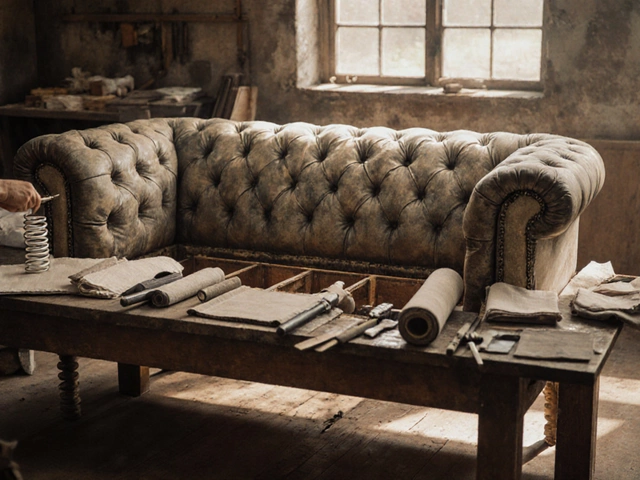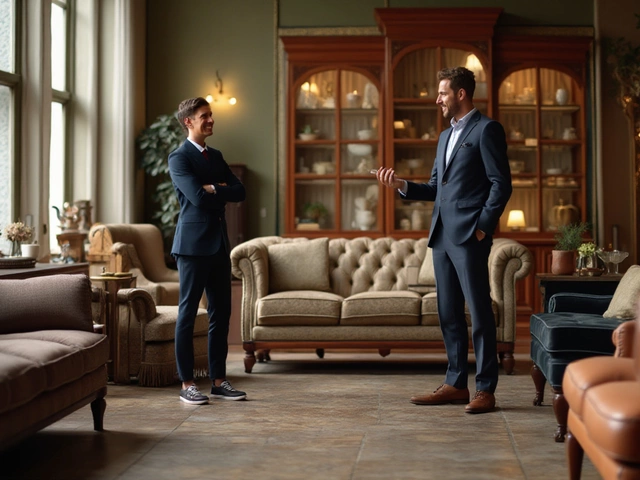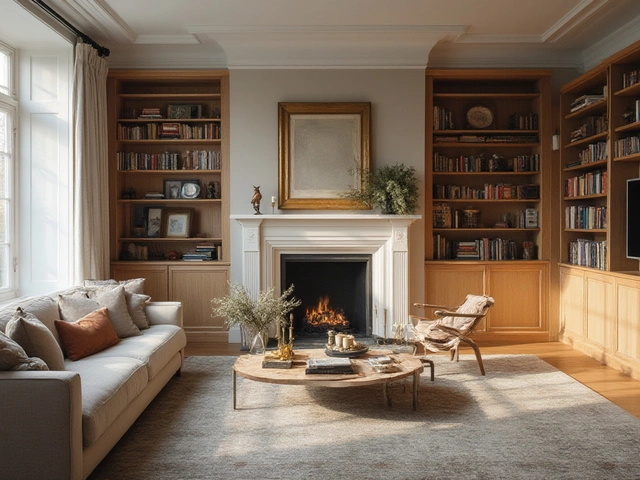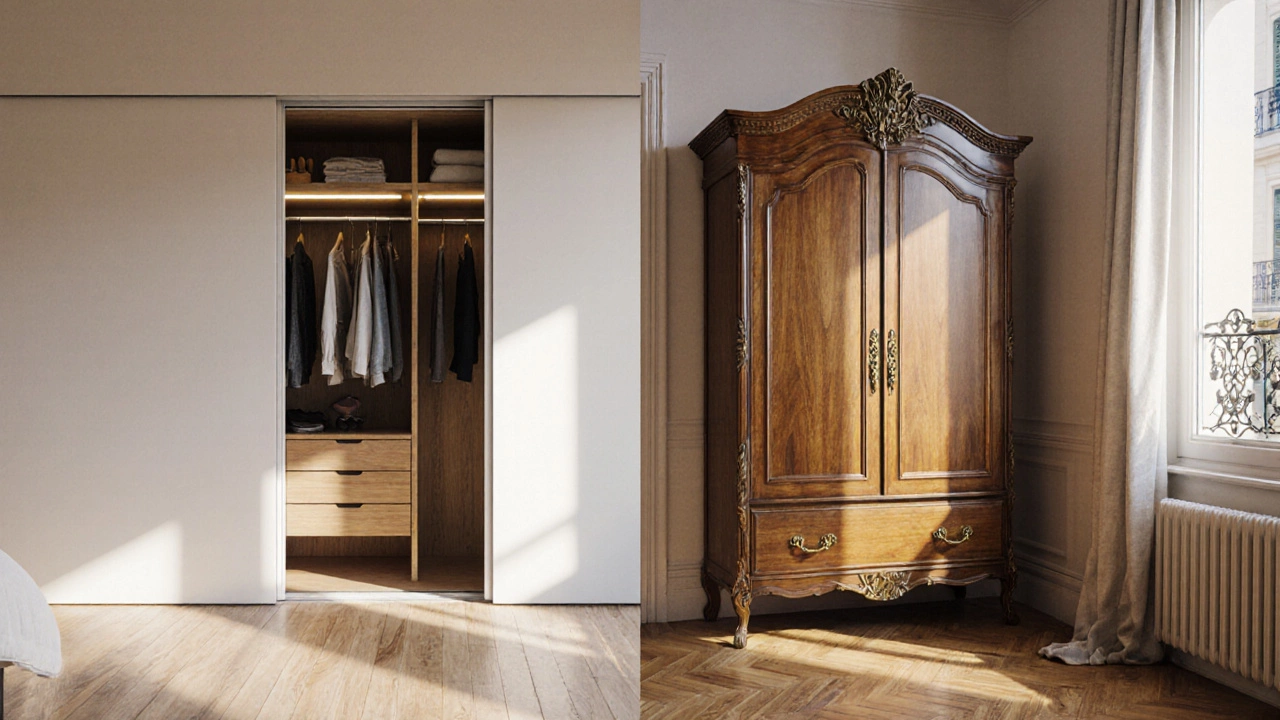 21
Oct,2025
21
Oct,2025
European Space Planning Calculator
This tool helps you determine if your European apartment can accommodate a closet or wardrobe based on space constraints discussed in the article. Input your room dimensions and see recommendations for space-saving storage solutions.
Room Measurements
Space Requirements
Why This Matters
European apartments are typically smaller than US homes. According to Eurostat 2023 data, the median floor area of a new EU apartment is about 46 m², compared with roughly 92 m² for a typical new US single-family home.
This tool helps you determine if you can fit a closet or wardrobe in your space based on these considerations. Remember that in Europe, most storage solutions are freestanding to accommodate space constraints, building codes, and the high rental market rate.
Ever walked into an American home and noticed a built‑in closet spilling out of the wall, then toured a Parisian apartment where the wardrobe sits in the corner like a piece of furniture? That contrast isn’t accidental - it’s the result of centuries of design, regulation, and space‑saving habits. Below we break down why closets in Europe look so different, what forces shaped them, and what options you have if you crave that sleek, walk‑in feel on the other side of the Atlantic.
What a Closet Actually Is
In North America, the word “closet” usually means a permanent, built‑in cavity framed into the wall, often with a sliding or hinged door and a hanging rod. It’s designed to disappear into the architecture, freeing up floor space for other furniture. The first time most readers encounter this definition, we’ll introduce the term with clear markup:
Closet is a built‑in storage compartment, typically integrated into a wall and equipped with doors, rods, and shelves for hanging clothing.
That’s not the only way to store clothes, but it’s the default in many U.S. homes, especially new constructions where developers can plan the layout from the ground up.
How European Homes Are Built Differently
European apartments and houses often rely on Wardrobe a freestanding piece of furniture used for storing clothing, typically standing on the floor and featuring doors, drawers, or open shelving. rather than built‑in closets. The reasons are practical, historical, and cultural.
- Space efficiency: Older European cities grew within dense, medieval street grids. Buildings were retrofitted over centuries, leaving little room for structural changes like carving out a closet.
- Construction norms: Many European structures use load‑bearing walls that can’t be altered without costly engineering.
- Rental market: A high proportion of residents rent their homes; landlords avoid permanent alterations that could limit future tenancy options.
Instead of a wall cavity, you’ll find a Built‑in wardrobe a custom‑fitted storage unit installed within a room, often merging with the surrounding architecture while remaining a distinct furniture piece. wrapped in a door panel that blends with the room’s décor.
Historical Roots of the Closet
The closet, as we know it, didn’t become common in the U.S. until after World War II. The post‑war boom spurred suburban development, and architects finally had the freedom to embed storage into new floor plans. In contrast, European housing trends lagged behind because many cities were rebuilding after wartime damage and prioritized speed over interior refinement.
Paris, for example, saw a surge of Haussmann‑era apartments in the 19th century with high ceilings, ornate moldings, and separate wardrobes that doubled as decorative elements. The cultural appreciation for visible furniture, even when functional, persisted into the 20th century, reinforcing the wardrobe’s dominance.
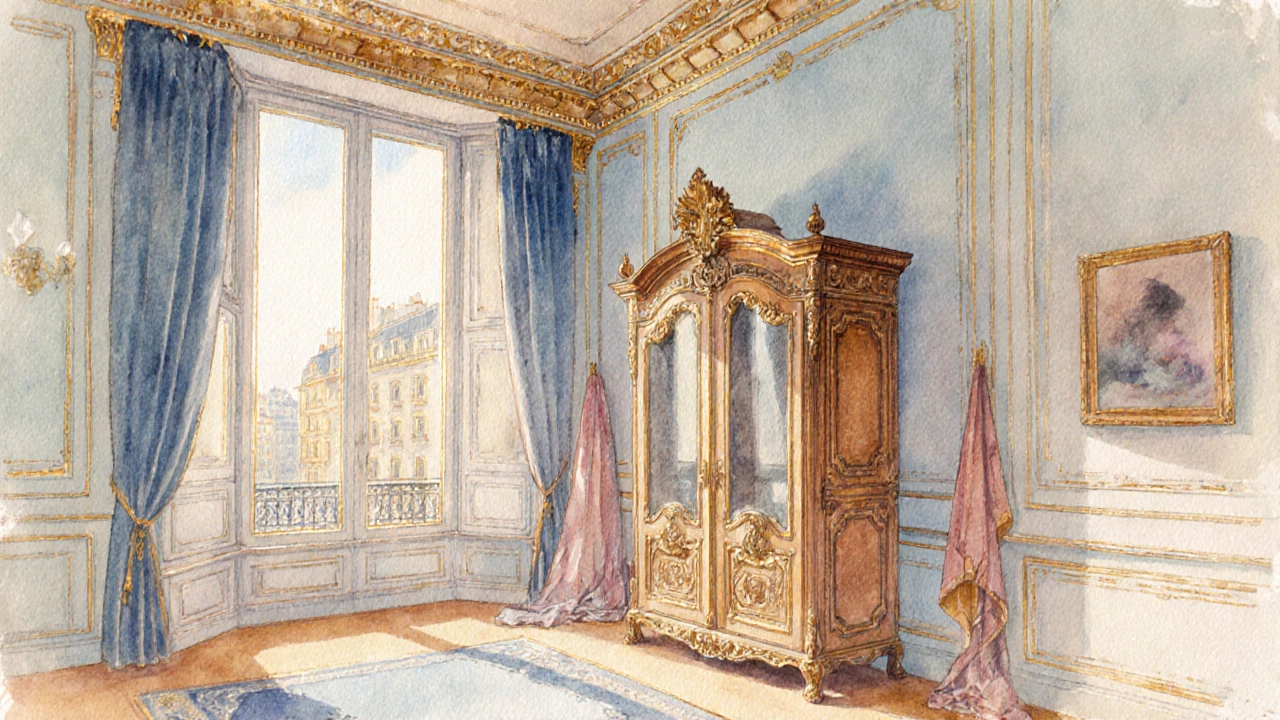
Space Constraints and Building Codes
Modern European building regulations also shape storage solutions. In Germany, the Housing regulations legal standards that dictate building dimensions, safety, and accessibility in residential construction. often limit alterations that affect structural integrity or fire safety. Adding a recessed closet could compromise load‑bearing walls or create fire‑hazard pathways.
Furthermore, average apartment size is smaller. According to Eurostat 2023 data, the median floor area of a new EU apartment is about 46 m², compared with roughly 92 m² for a typical new U.S. single‑family home. When you squeeze a bedroom, kitchen, and bathroom into half the space, you naturally lean on freestanding solutions that can be moved or re‑configured as needed.
Modern Alternatives in Europe
Designers have responded with clever, modular systems that mimic the look of a built‑in closet without the structural challenges. Examples include:
- Sliding wardrobe panels: Track‑mounted doors that glide over a floor‑standing frame, creating a seamless façade.
- Modular cube storage: Stackable units that can be arranged around a room’s layout, offering both open shelving and closed compartments.
- Custom pantry walls: In kitchens, cabinets are extended to the ceiling, borrowing the visual language of a walk‑in closet.
These solutions often integrate lighting, mirrors, and even smart inventory trackers, proving that the absence of traditional closets doesn’t mean a lack of functionality.
What This Means for Shoppers
If you’re moving from the U.S. to Europe, or buying furniture for a European flat, keep these tips in mind:
- Measure your floor space carefully - you’ll need room for the wardrobe’s footprint.
- Consider modular units that can evolve with your needs; they’re easier to relocate if you move.
- Look for built‑in wardrobe kits that fit within existing wall cavities without requiring major construction.
- Check local building codes if you plan major renovations - a professional may be required to certify any wall modifications.
Understanding the historical and regulatory backdrop helps you avoid costly surprises and choose the right storage solution for your European home.
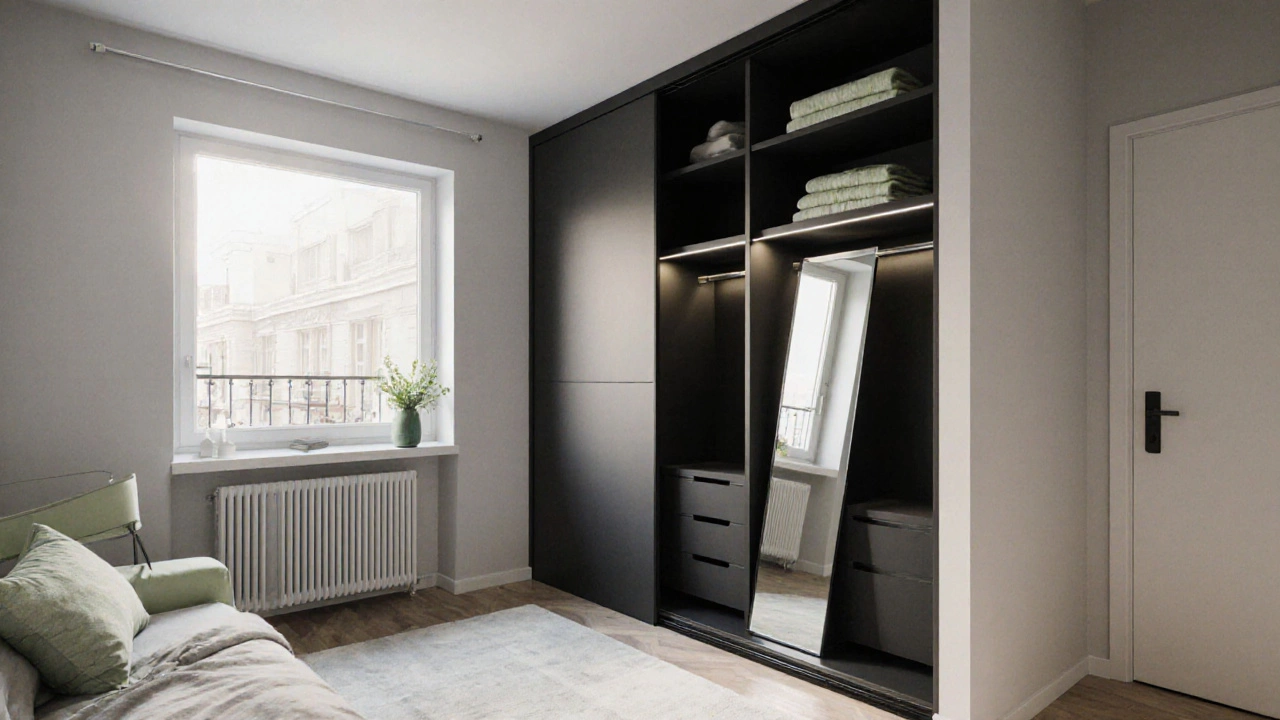
Quick Checklist for European Storage Planning
- Identify whether you’re in a rental or owned property.
- Measure ceiling height and floor area.
- Decide between a freestanding wardrobe, built‑in system, or modular solution.
- Verify any required permits or approvals.
- Plan for lighting and ventilation within the storage area.
Comparison: US Closets vs European Wardrobes
| Aspect | US Closet | European Wardrobe |
|---|---|---|
| Integration | Built into wall, invisible when closed | Freestanding or built‑in but distinct piece of furniture |
| Typical Size | 5‑8 ft wide, 2‑3 ft deep | 2‑4 ft wide, 1‑2 ft deep |
| Installation Cost | Higher - requires framing, drywall, doors | Lower - mostly assembly of existing furniture |
| Flexibility | Fixed once built | Can be moved or re‑configured |
| Common Materials | Drywall, plywood, metal tracks | Solid wood, MDF, laminate panels |
| Design Influence | Suburban space planning, post‑war housing boom | Historic city layouts, rental market dynamics |
Frequently Asked Questions
Do European homes ever have built‑in closets?
Yes, but they’re less common. In newer builds, especially in Scandinavia, you’ll see built‑in wardrobes that follow the wall line. However, they usually require special permits and are more expensive to install than freestanding units.
Can I retrofit a closet into an older European apartment?
It’s possible, but you’ll need to check load‑bearing walls, fire safety codes, and landlord approval. Most DIY‑ers opt for modular wardrobes that slide into existing space without structural changes.
What’s the best alternative to a walk‑in closet for small European flats?
A sliding wardrobe panel combined with floor‑to‑ceiling shelving works well. Add LED strip lighting and a full‑length mirror to create the illusion of depth.
Are there tax incentives for installing built‑in storage in Europe?
Some countries, like Germany, offer small rebates for energy‑efficient renovations, which can include insulated wardrobe walls. Always verify with local authorities.
How do I choose between a freestanding wardrobe and a built‑in system?
Consider your lease status, budget, and desire for flexibility. Renters usually pick freestanding pieces, while owners planning long‑term may invest in built‑in solutions.


